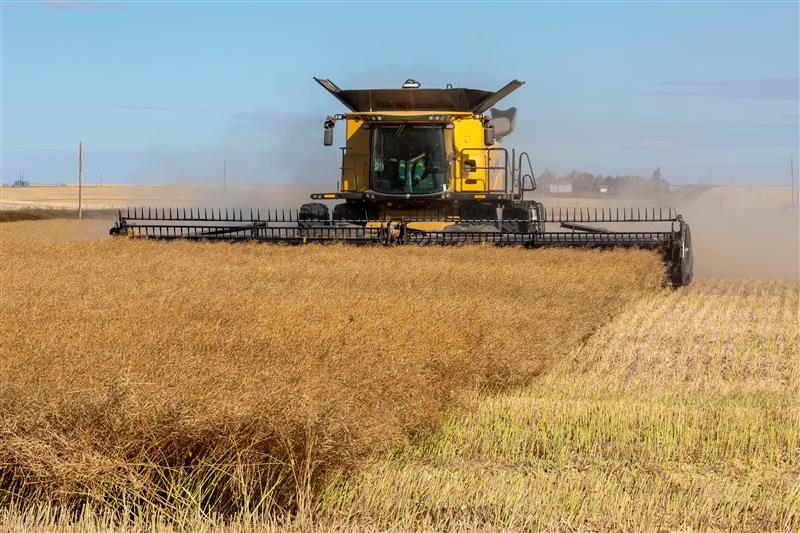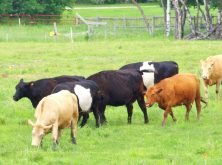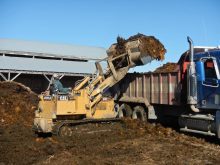Canadian agriculture colleges say a lack of federal funding is severely damaging their research programs.
Earlier this year a delegation of agriculture college deans descended on Ottawa to make a pitch for more federal funding for university research programs. They say a decline in federal funding is eroding agricultural research and causing a migration of teaching staff to the United States.
But a look at the books of three prairie agriculture colleges shows research funding is alive and well. Industry and provincial governments are stepping up to fill the void left by the feds.
Read Also

European wheat production makes big recovery
EU crop prospects are vastly improved, which could mean fewer canola and durum imports from Canada.
Federal funding at the University of Saskatchewan’s college of agriculture has tapered off over the last five years, university data shows. But overall research funding is on the rise. The number of teaching and research positions has remained at about 120 for the last several years.
University documents show the total dollar value of research grants has risen from $10.6 million in the 1993-94 school year to $13.8 million in 1997-98. An increase in provincial funding and new partnerships with industry and producer groups have compensated for the decline in federal funding.
Federal funding for the college has fallen by one third during that five-year stretch, from $2.4 million to $1.6 million. During the same period, provincial government funding has risen 36 percent, from $5.8 million to $7.9 million.
“We haven’t done too badly,” said John Stewart, agriculture dean at the U of S. “We’ve been quite aggressive in finding other research funds.”
Stewart said asking for money is never easy, especially under the present economic circumstances, but the high-technology research that’s going on at the college’s research park has helped attract money to the college of agriculture.
“In the research park there’s been a tremendous growth. All of this impacts on us and it helps establish us as one of the main centres in the Prairies for agricultural research.
“You get that reputation, then money starts coming your way too,” said Stewart.
Funding drives have also been successful at the University of Manitoba’s faculty of agricultural and food sciences. Over the last five years, research funding has risen from $4.9 million in 1994-95 to $6.4 million for the current school year.
“I wouldn’t want to sound wildly enthusiastic, but I think we’ve done pretty well and our funding is up,” said dean Jim Elliot.
As in Saskatchewan, the Manitoba government and industry groups have stepped up to fill the void left by federal funding, which has fallen from a high of $2.7 million in 1995-96 to $1.8 million last year.
“We’re replacing it by more aggressively pursuing industry funding and matching funding and that type of thing,” said Elliot.
“Industry is accepting a bigger and bigger share of the responsibility, which of course years ago didn’t really happen that much.”
But the Manitoba school has seen a significant decline in faculty. Over the last 10 years, 15 positions have been eliminated, leaving it with about 80 full-time teachers and researchers. That means 15 fewer people applying for grants. Those remaining have to solicit more aggressively.
“They hustle their little buns,” said Elliot.
Growth of research funding for the faculty of agriculture, forestry and home economics at the University of Alberta has been less dramatic than its sister schools. It climbed slowly from $8 million in 1993-94 to $8.6 million in 1997-98.
Federal funding during that period dropped from $1.7 million to $255,242. But industry funding has increased, vaulting from $1 million in 1993-94 to $2.5 million last year.
The number of staff positions is rising at the college and some research facilities, like the Alberta Poultry Research Centre, have been built or are in the works.
“Our research is just sort of going like gangbusters,” said Cynthia Strawson, communications officer.”
















